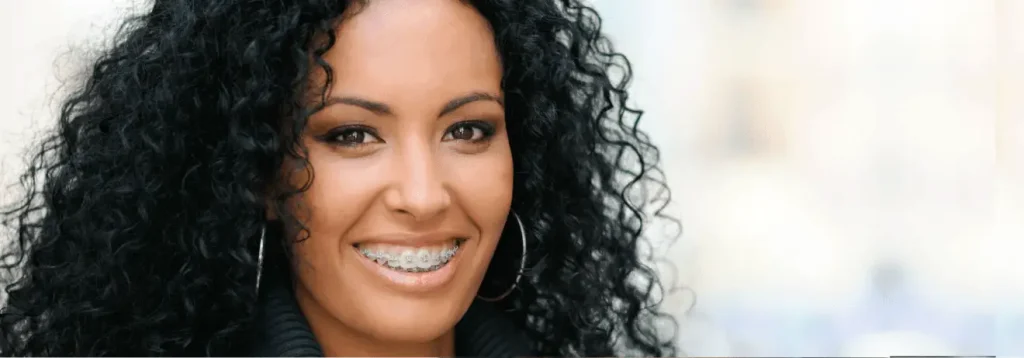FAQs About Orthodontist
An orthodontist is a dental specialist who is skilled in the prevention and treatment of dental and facial irregularities. The services of an orthodontist include braces, retainers, etc.
An orthodontist is a dental specialist who has completed additional training in the diagnosis, prevention and treatment of dental and facial irregularities.
Braces are metallic, plastic, or ceramic devices that are used to support or straighten teeth.
There are commonly three types of braces. Metal braces, Plastic braces & Ceramic braces. Metal braces are the most common type as they are strong and more durable than ceramic and plastic braces.
The duration to wear braces depend on several important factors such as your age, severity of your dental issue, etc. On average, you should wear braces for at least 1 year but this duration may vary and only your orthodontist can decide. So, consult your orthodontist to know about the duration for which you may have to wear braces.
The typical age for children to wear braces is around 7 years. This is because, at the age of 7, children’s permanent teeth start to come in. And at this age, dentists can identify any potential orthodontic issue your child may have.
While treatment may not be necessary immediately, early evaluations allow orthodontists to monitor dental development, identify potential problems, and plan for future treatment if needed. Starting orthodontic treatment typically occurs between the ages of 9 and 14 when a child has a mix of primary and permanent teeth.
Yes, it’s crucial to visit your dentist when you wear braces because of 2 major reasons. First, your dentist can make sure that your braces are clean and are not causing any infection. Secondly, your dentist may need to adjust your braces according to your wearing & maintenance style.

